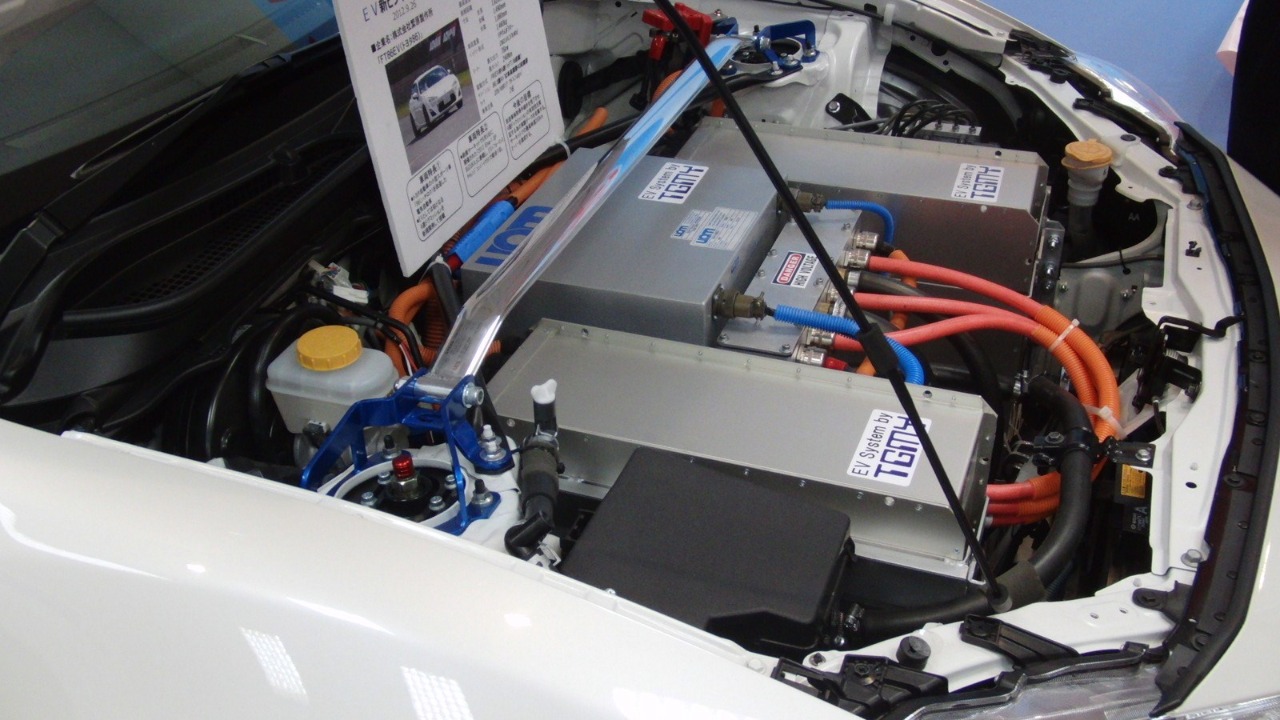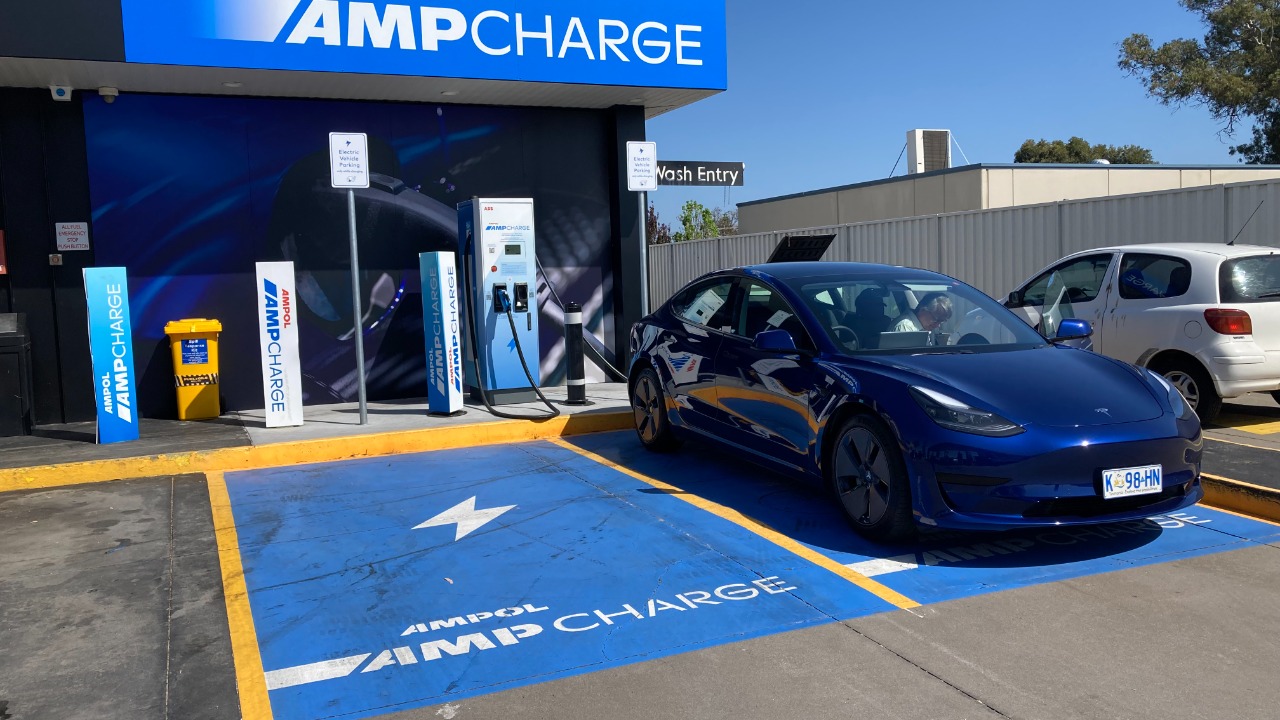
Engineers at MIT have made a significant breakthrough in lithium-ion chemistry, mapping lithium’s hidden speed limits and unlocking the potential for faster-charging and more powerful electric vehicle batteries. This development, reported recently, promises to overcome longstanding performance barriers in energy storage, paving the way for the next generation of EV batteries.
MIT’s Breakthrough in Lithium Mapping

The researchers at MIT have not only identified the speed limits of lithium movement but also quantified them. This quantification is a crucial step in understanding the exact parameters that need to be optimized for improved battery performance. The team’s approach was to delve into the fundamental chemistry of lithium-ion batteries, focusing on the ion diffusion rates. This focus on the core chemical processes has allowed them to address the root cause of the performance bottleneck, rather than just dealing with its effects. The findings have been hailed as a significant step forward in the practical application of theoretical models in the field of electric vehicles.
Technical Details of the Discovery

The team’s innovative experimental methods involved the use of advanced imaging techniques to visualize the movement of lithium ions at the atomic level within the battery electrodes. This visualization was key to understanding the constraints on lithium-ion movement and devising strategies to overcome these limitations. The team’s ability to measure these constraints has provided a clear path towards improving battery power output and charging speed. The technical implications of this discovery are far-reaching, with the potential to revolutionize not just the performance of next-gen EVs, but also the broader field of energy storage.
Impact on Electric Vehicle Industry

The potential impact of this breakthrough on the electric vehicle industry is immense. The ability to fully charge an EV in under 10 minutes would be a game-changer, making electric vehicles a more viable option for many consumers. This would not only benefit major automakers but also contribute to a broader shift towards sustainable transportation. Furthermore, the increased energy density of these new batteries could enable the production of longer-range EVs, addressing one of the key demands of consumers and stakeholders. The reporting of these findings on October 2, 2025, has set a new benchmark in the industry, accelerating the transition from research to application.
Comparison to Prior Battery Technologies

The MIT mapping represents a significant advancement over previous lithium-ion technologies. Earlier technologies were constrained by slow ion transport, which limited power output and prevented the development of scalable next-gen batteries. The recent discovery of lithium’s hidden speed limits has fundamentally changed this scenario. By understanding and overcoming these speed limits, the researchers have unlocked new possibilities for battery technology. This breakthrough promises a future where electric vehicles can charge faster and deliver more power, outperforming their predecessors and potentially rivaling traditional gasoline vehicles.
Future Applications and Challenges

The potential applications of this discovery extend beyond the electric vehicle industry. Other sectors that rely on energy storage, such as renewable energy and grid storage, could also benefit from these advancements in lithium-ion chemistry. However, there are still challenges to be addressed. Material scalability is a key issue, as the production of these new batteries on a large scale would require significant resources and infrastructure. Stakeholders, including battery manufacturers and automakers, will need to invest in research and development to overcome these hurdles. Despite these challenges, the industry is optimistic about the future, with the focus post-October 2, 2025, being on harnessing the full potential of this groundbreaking discovery.